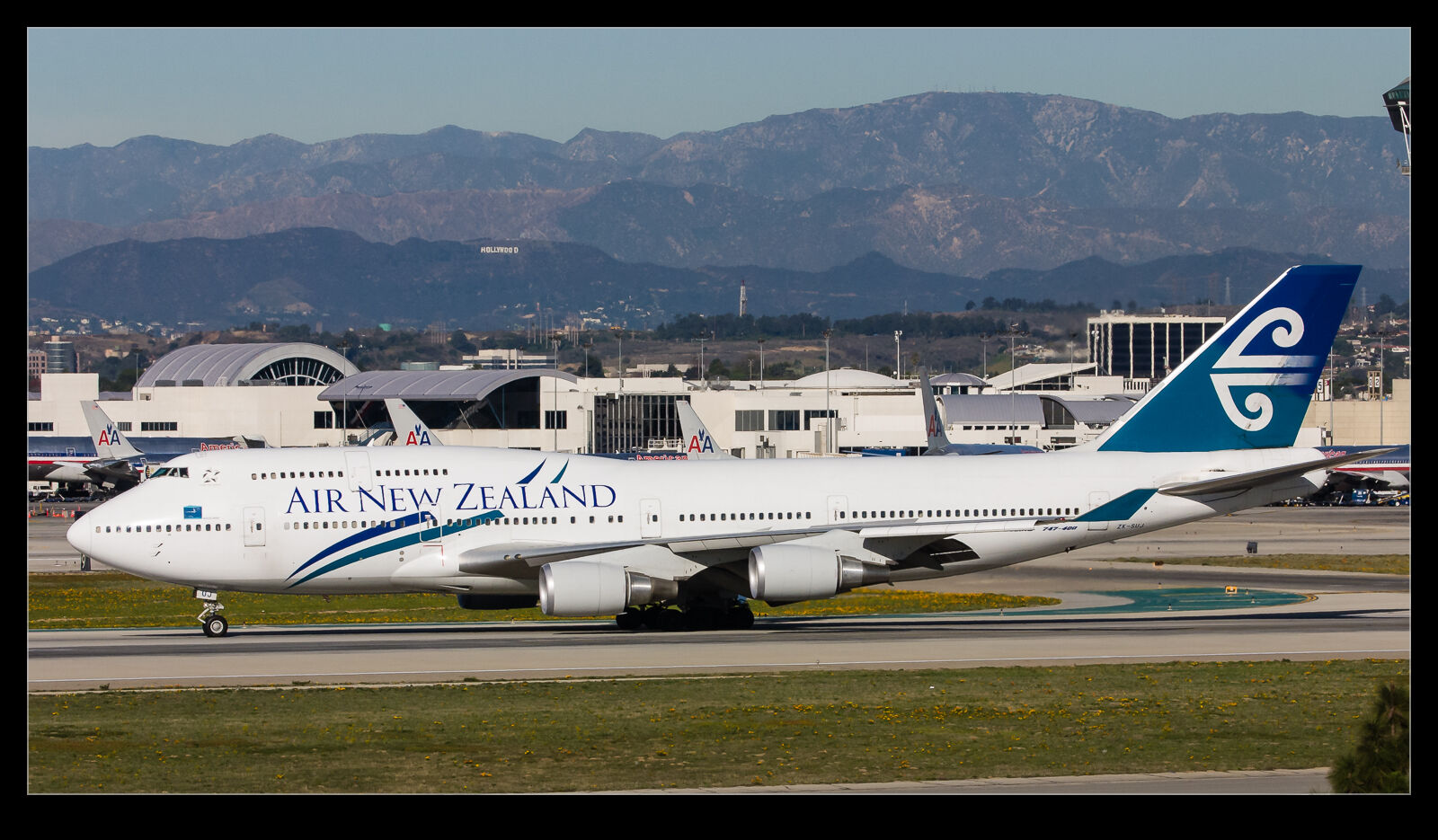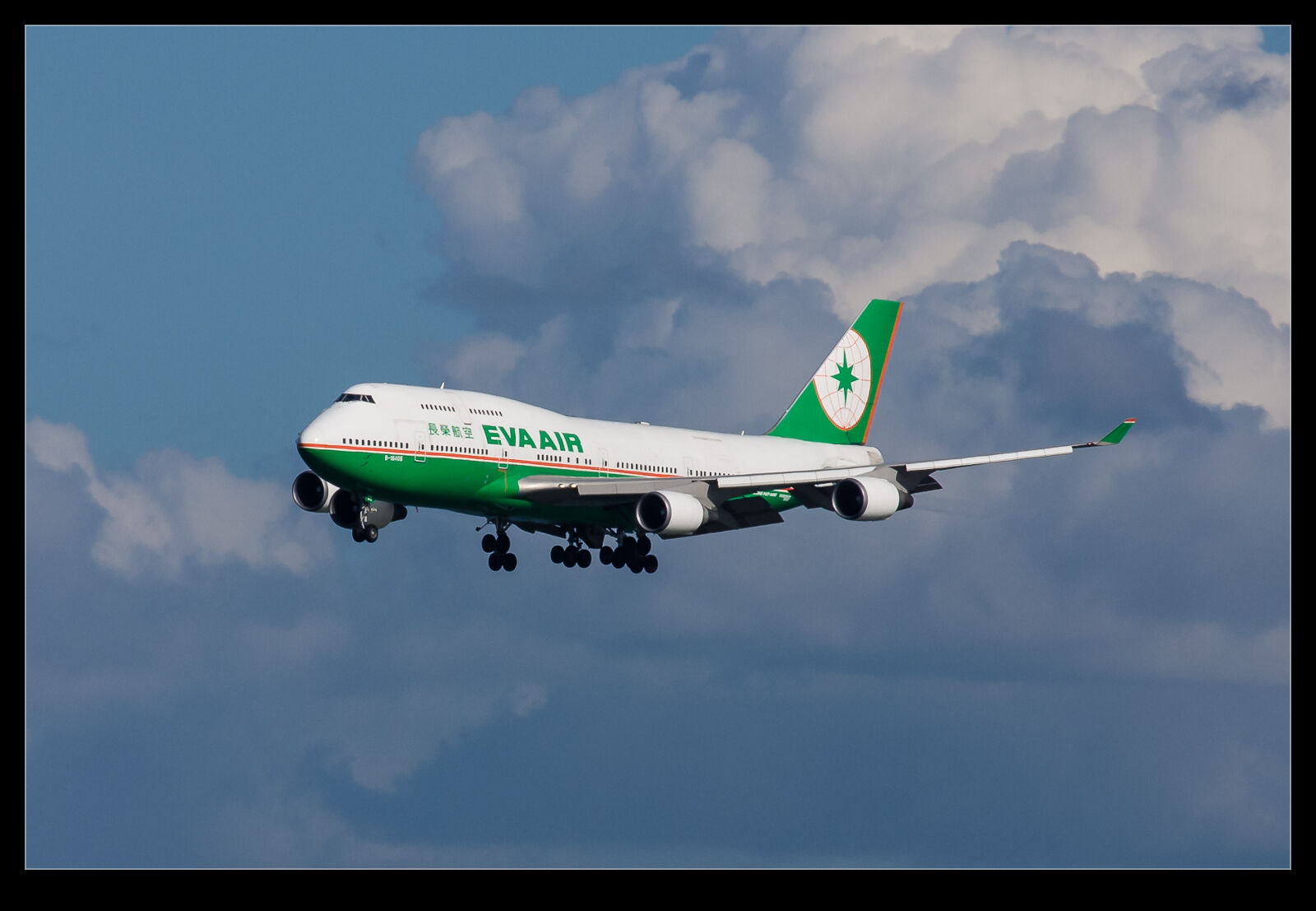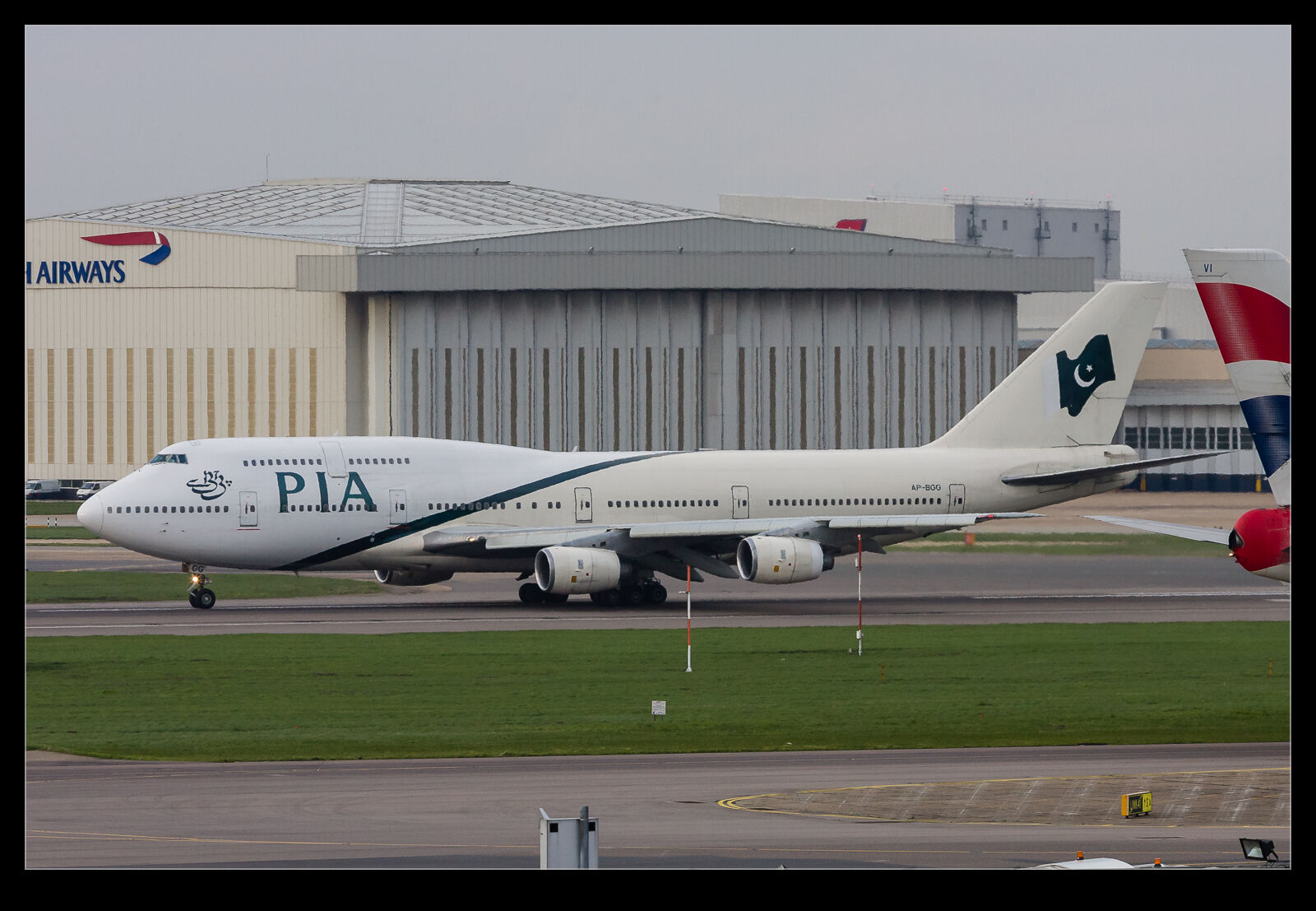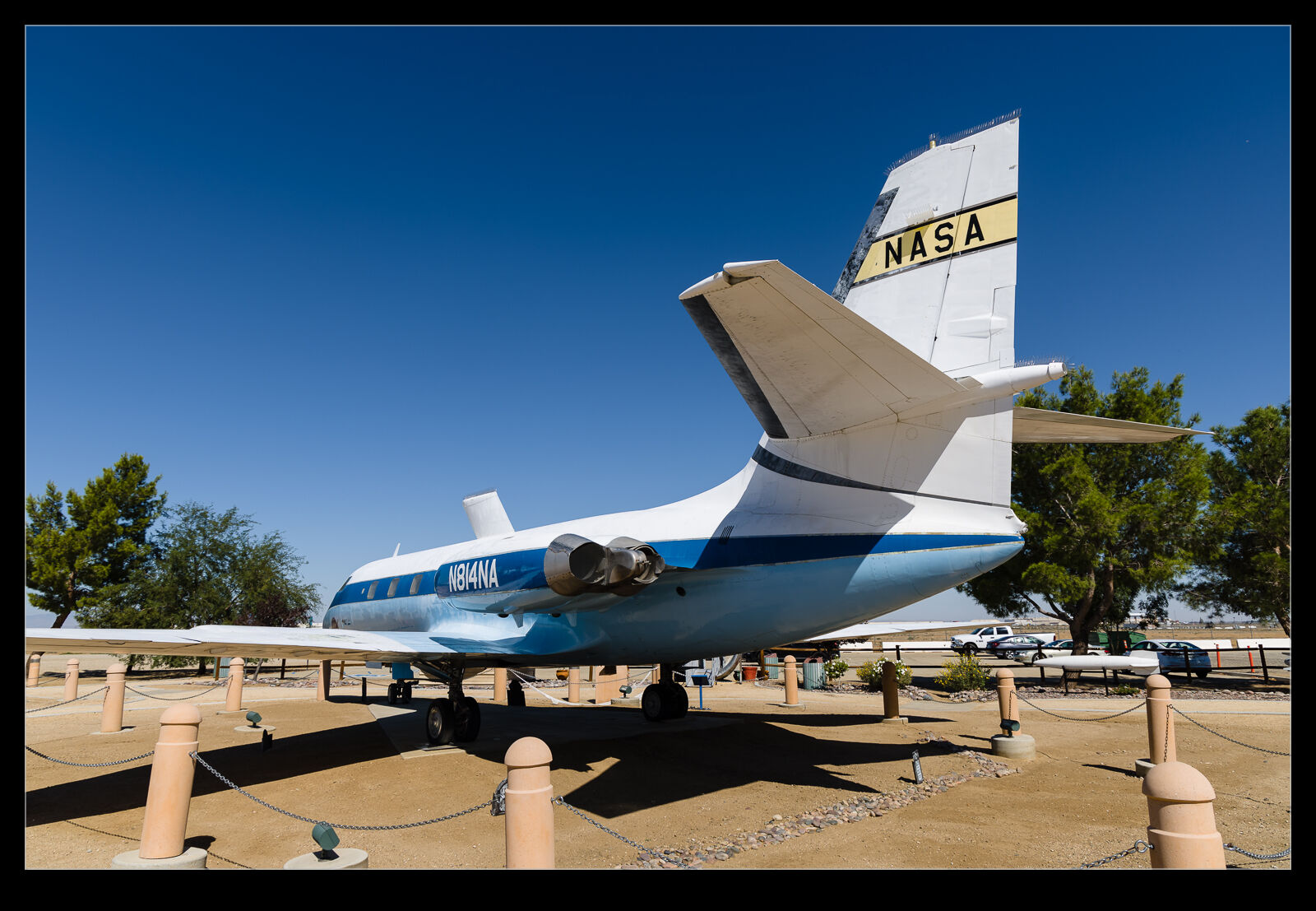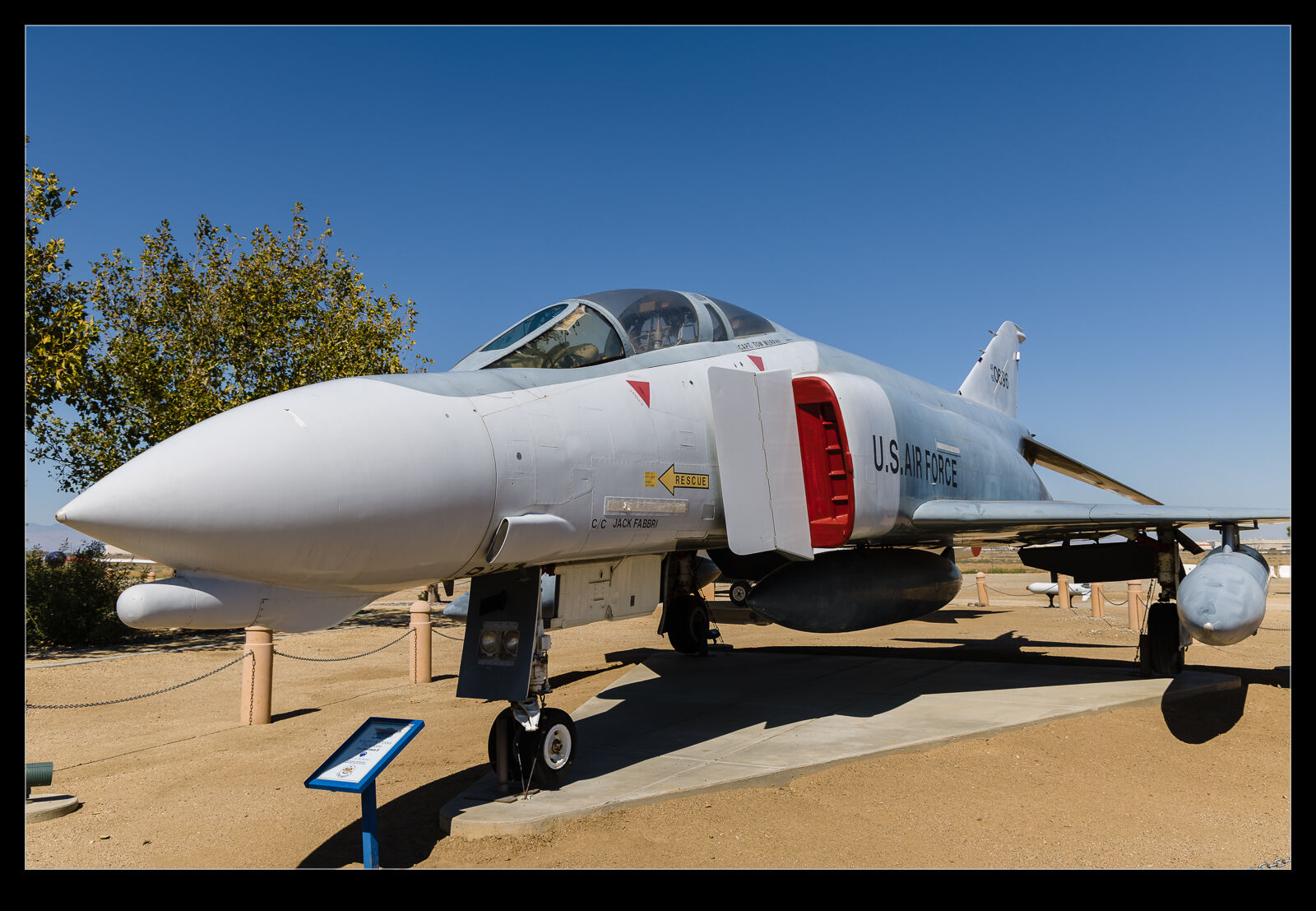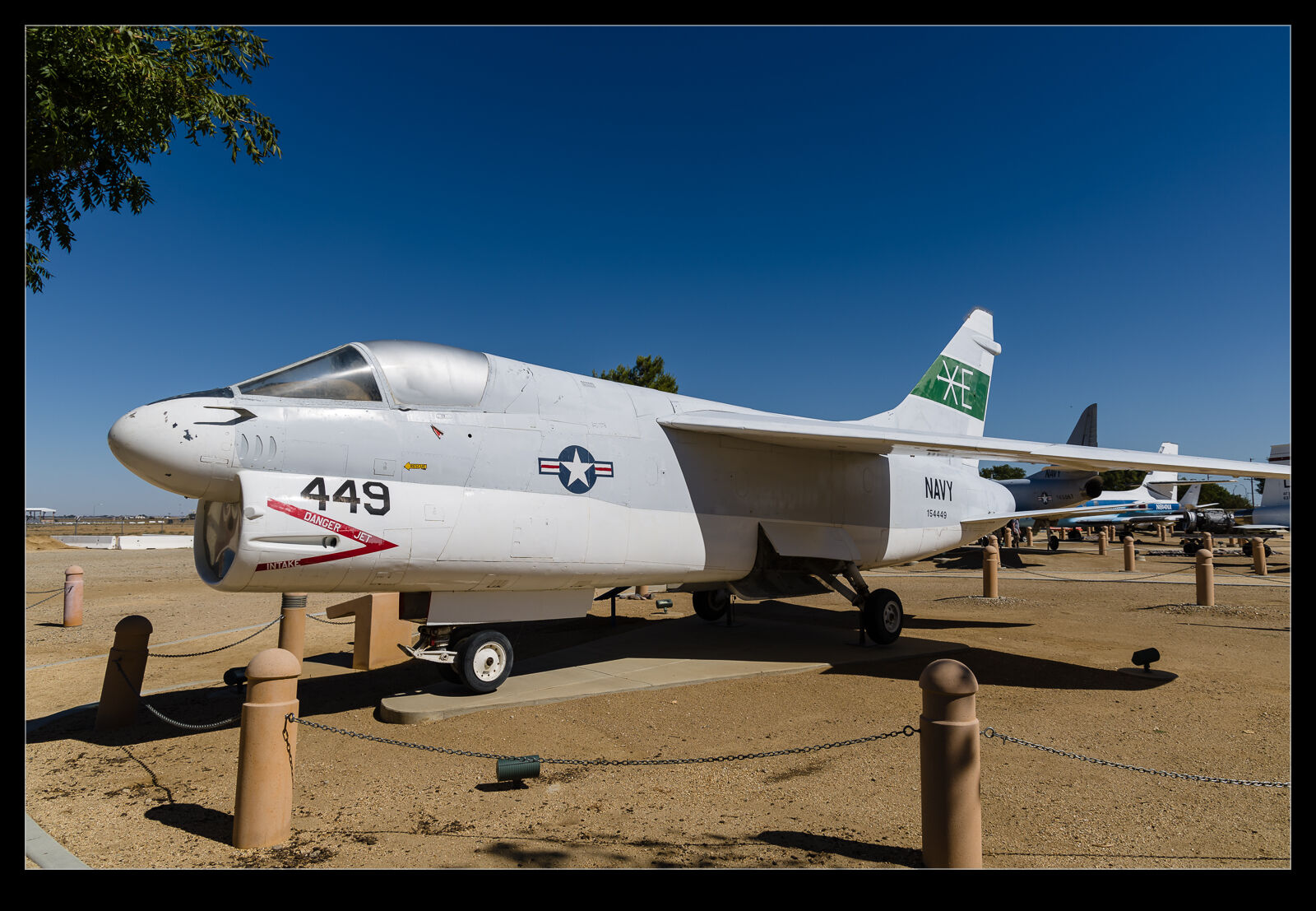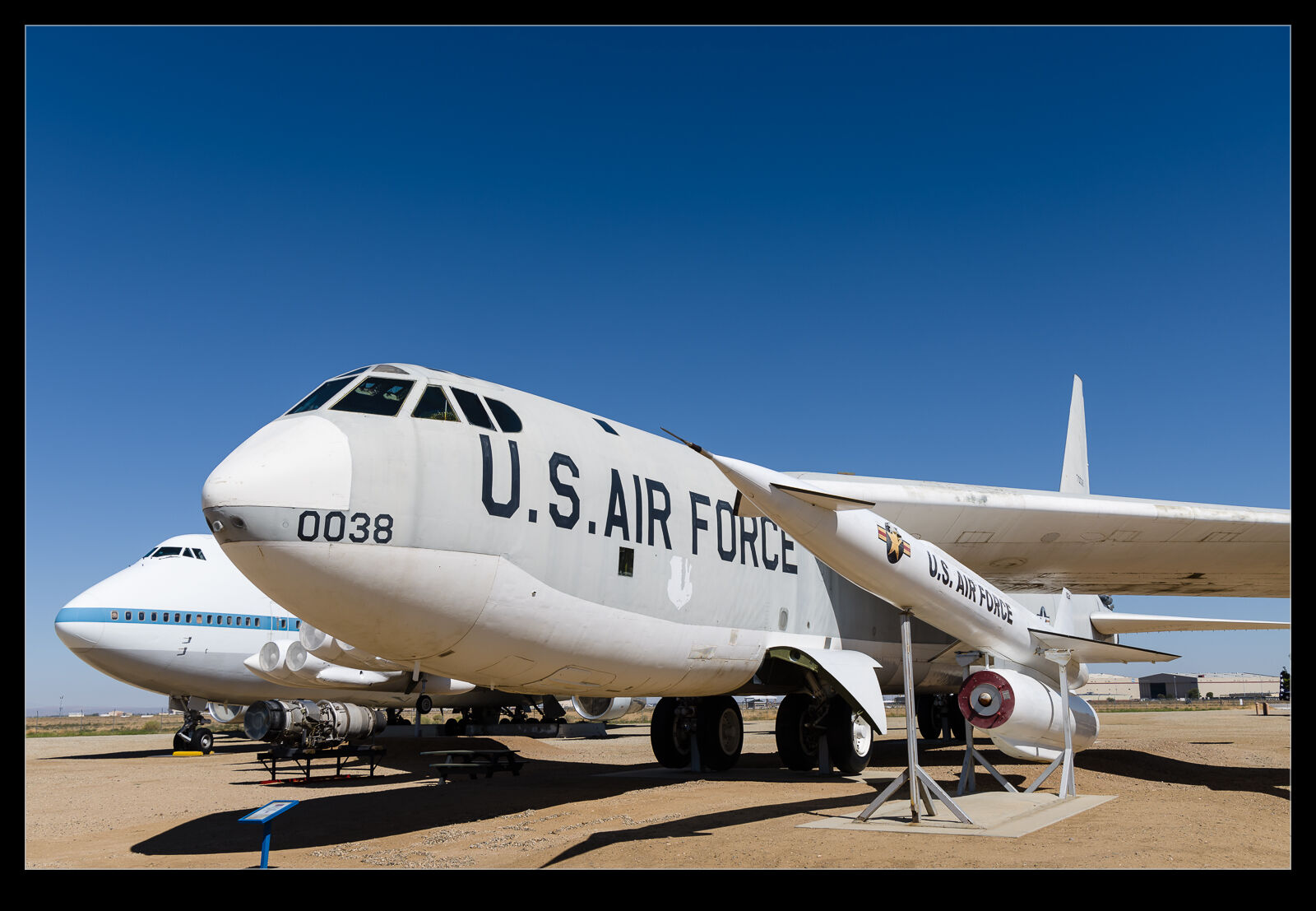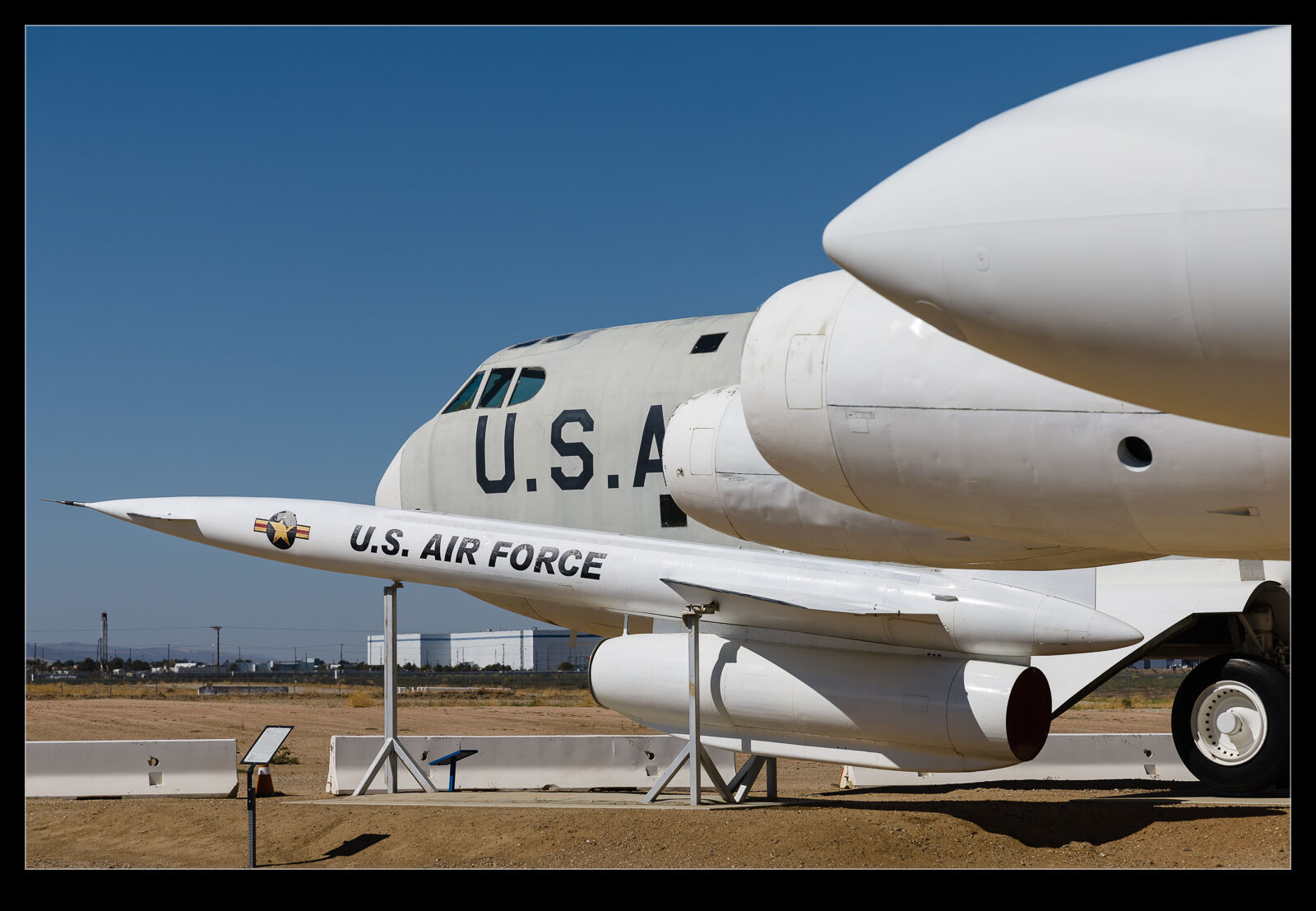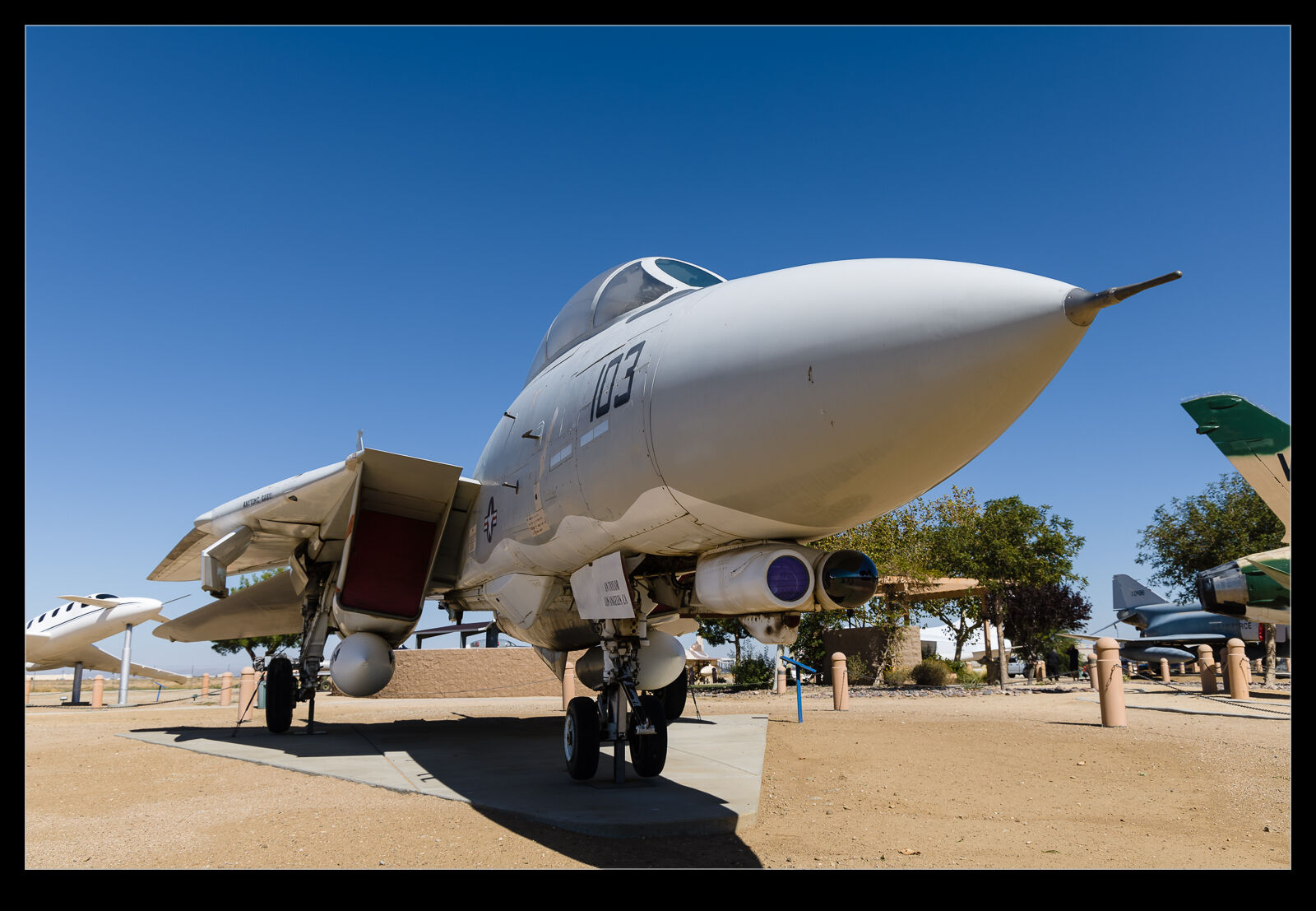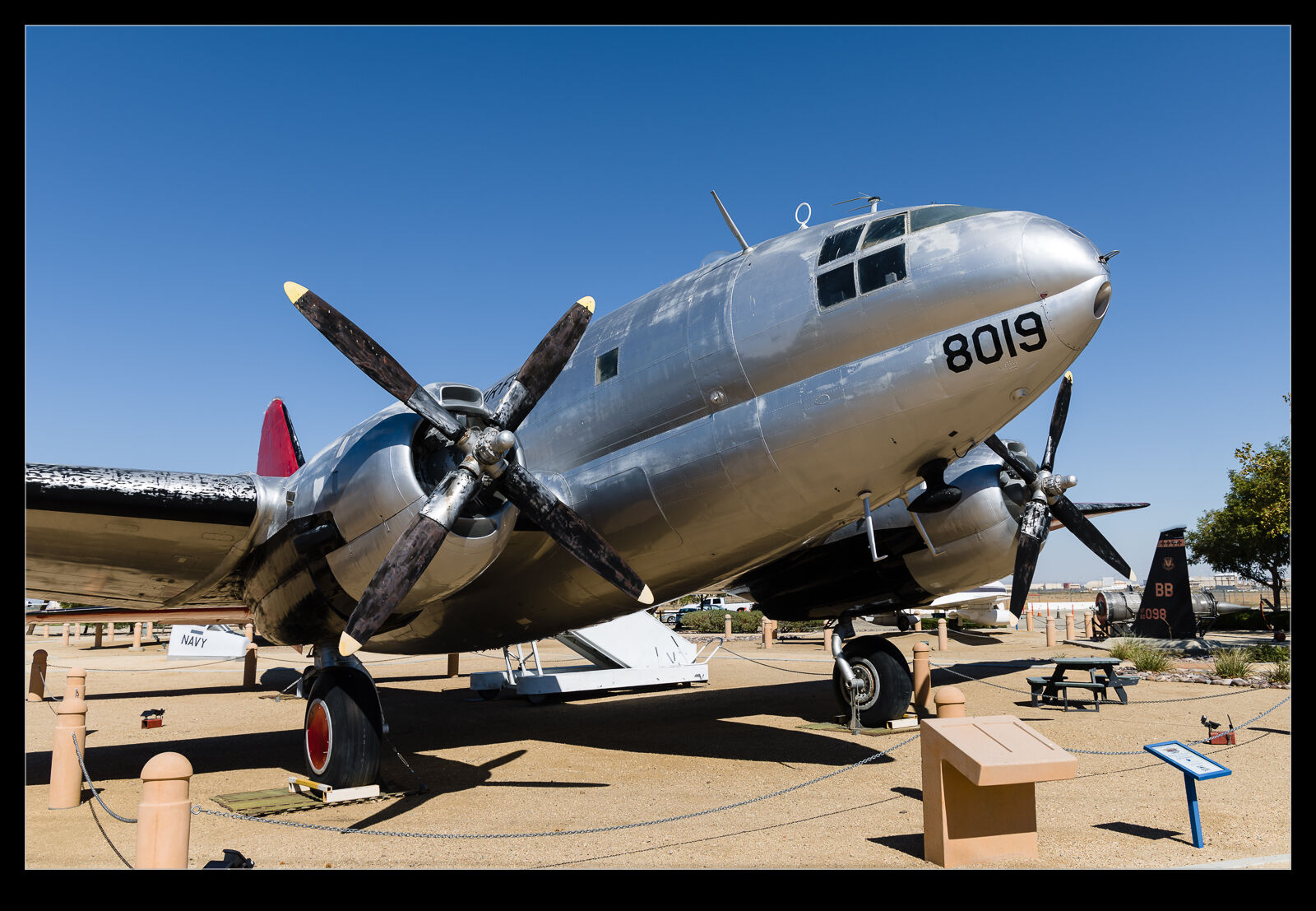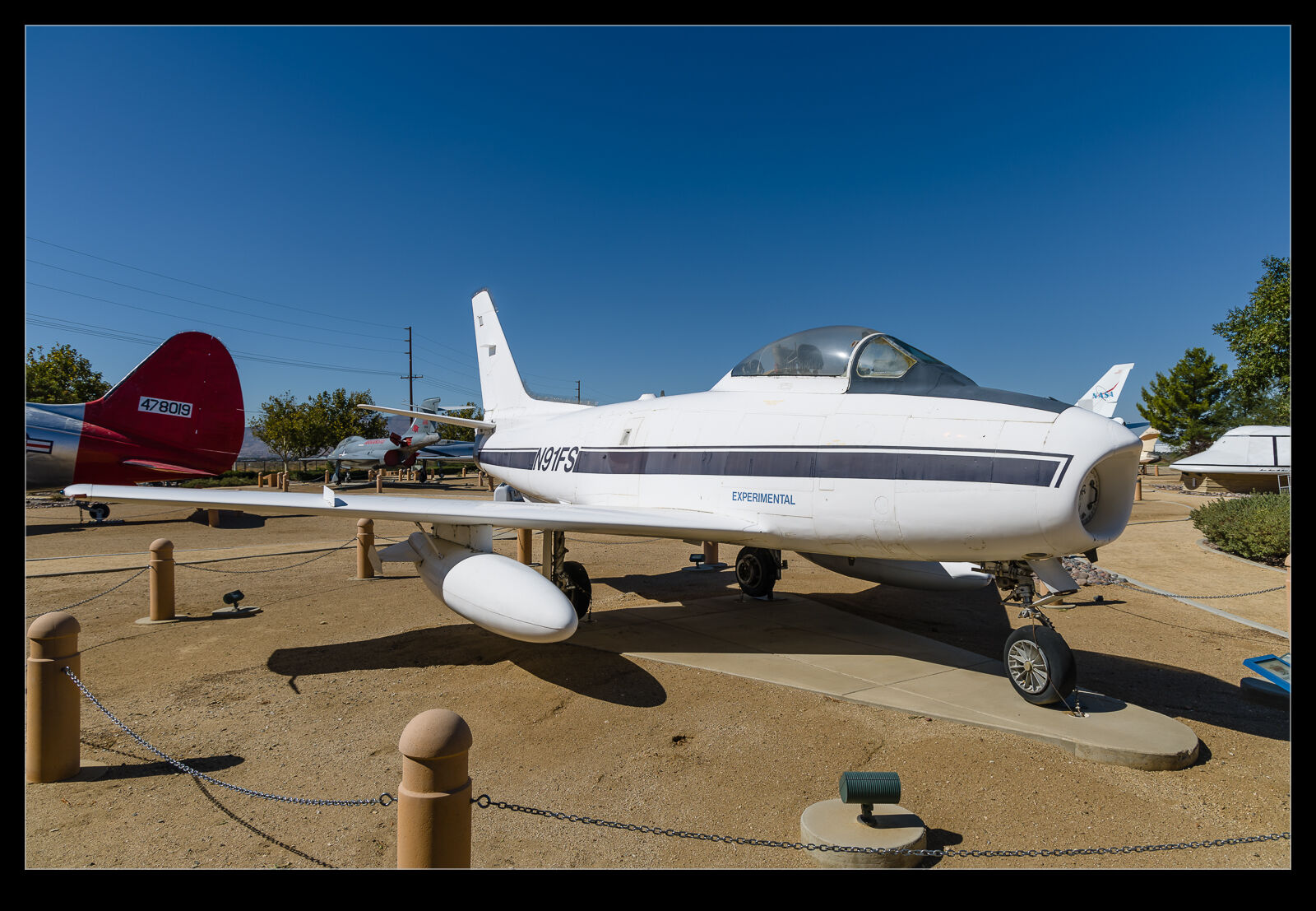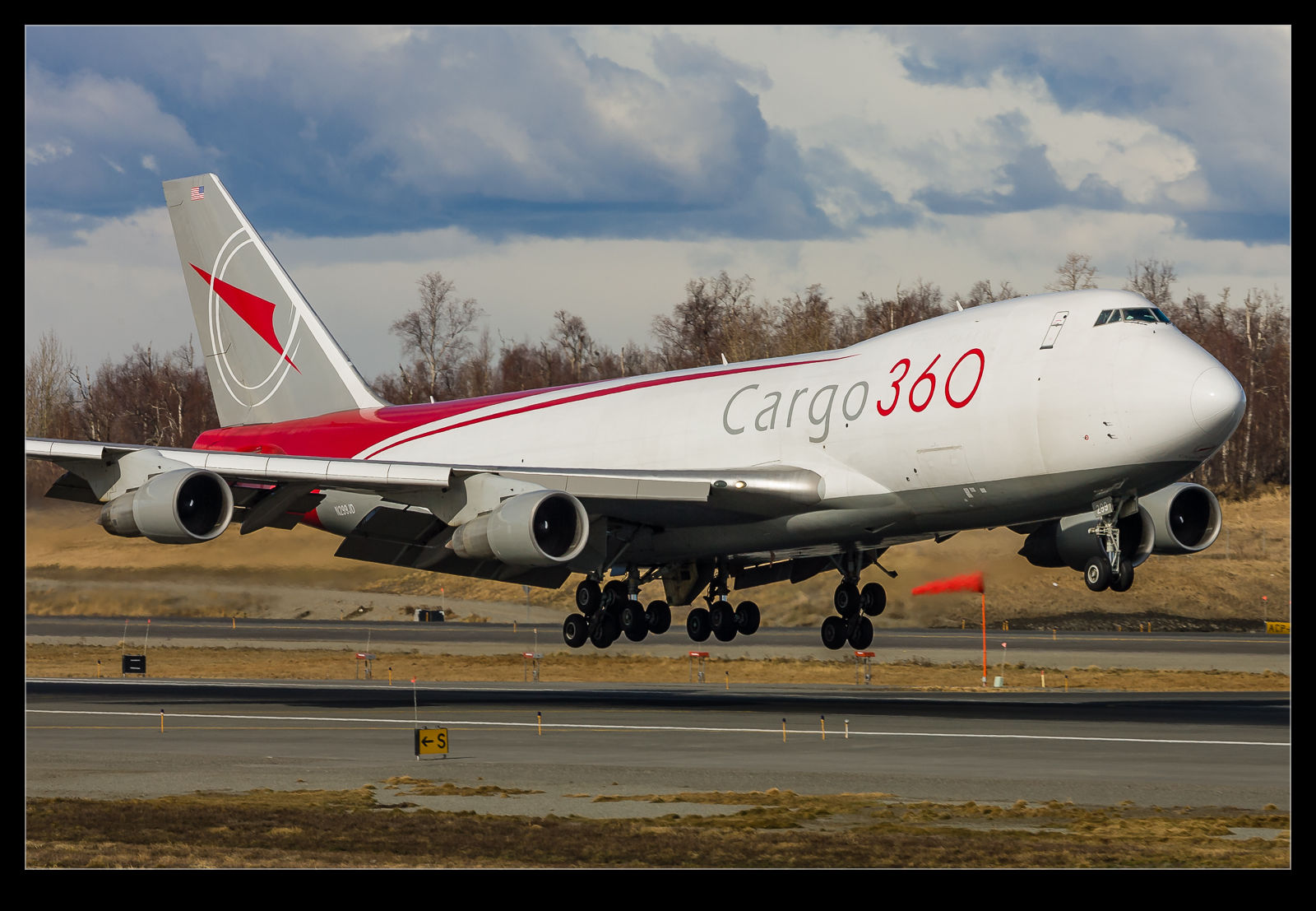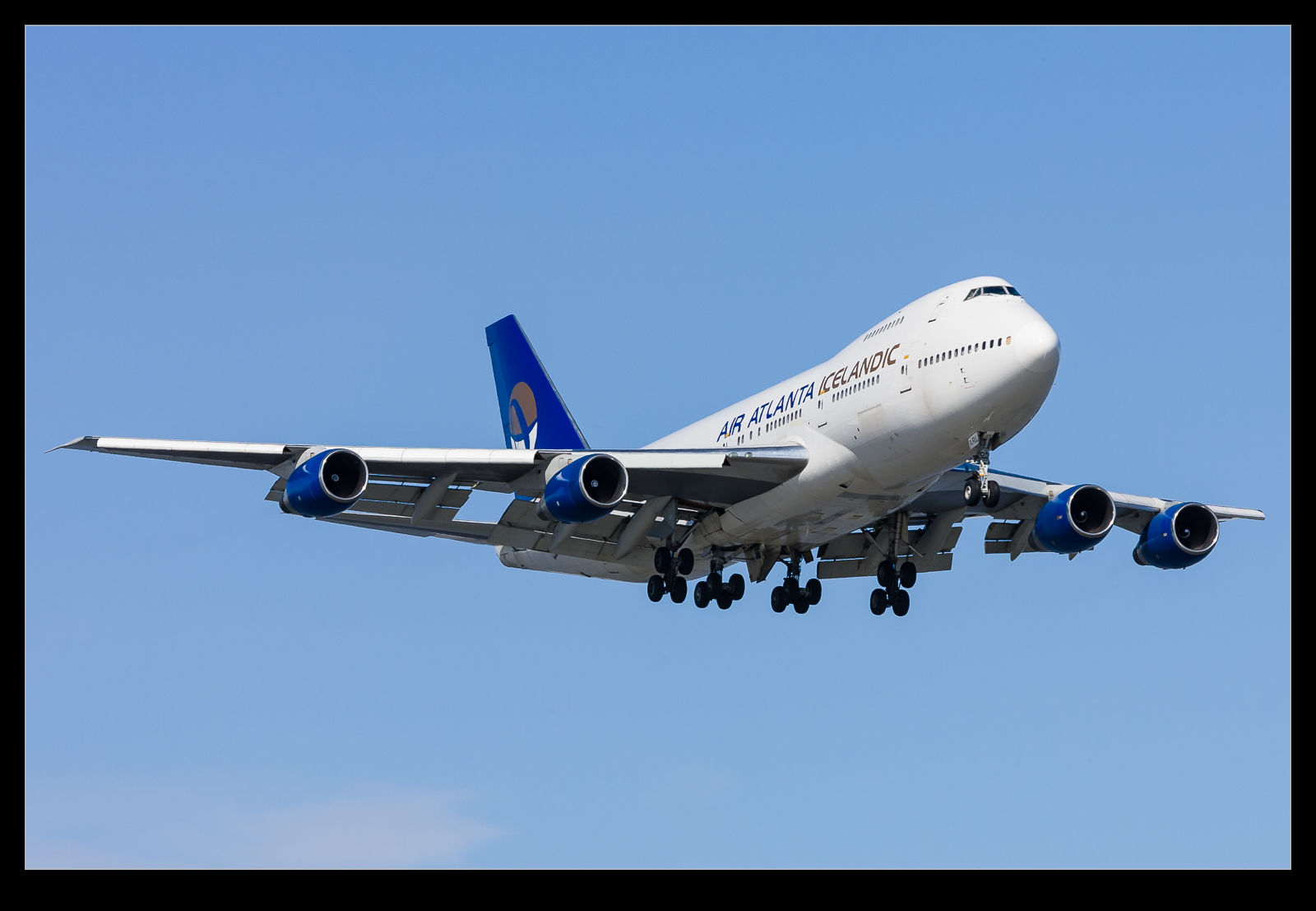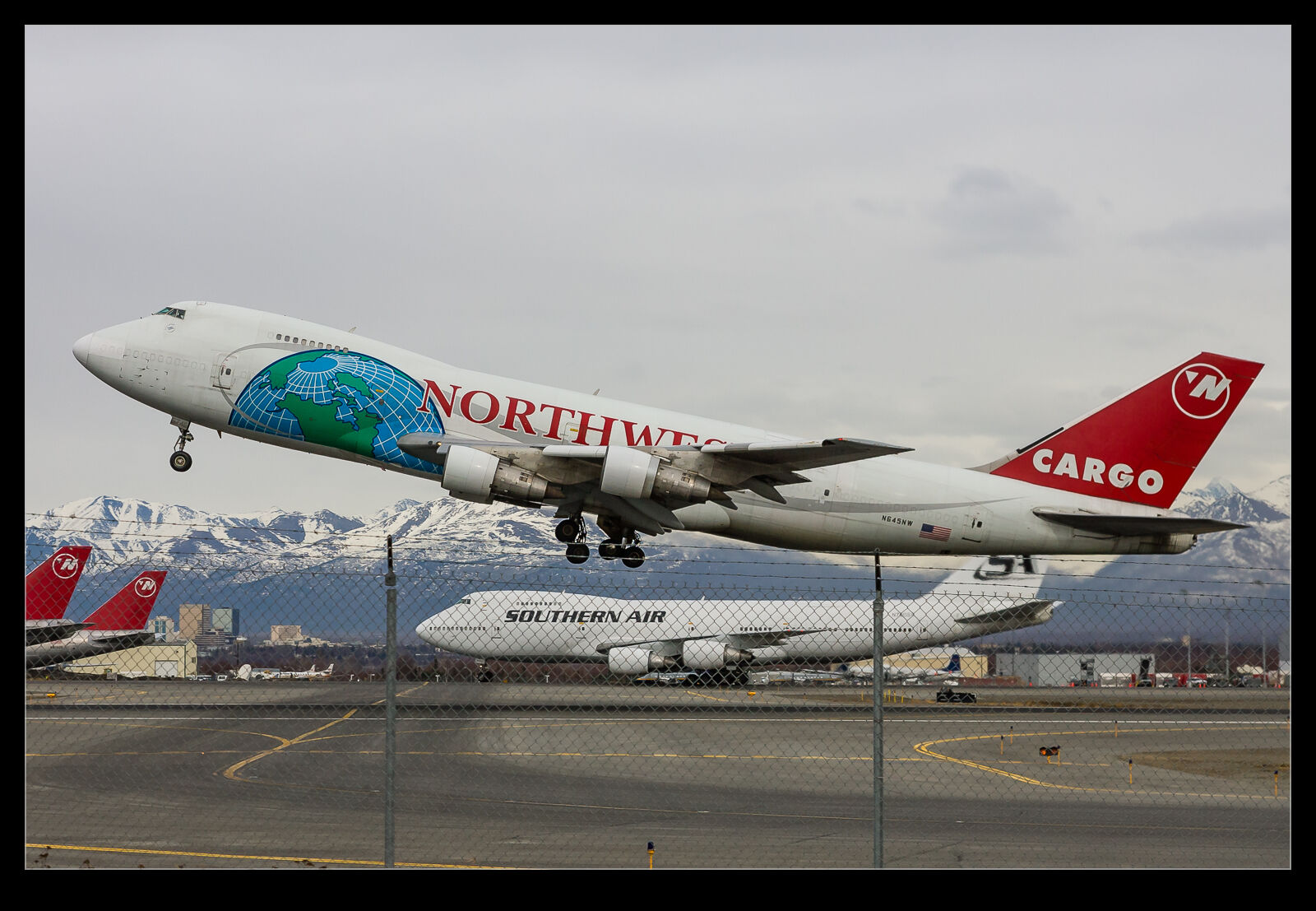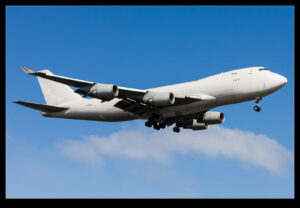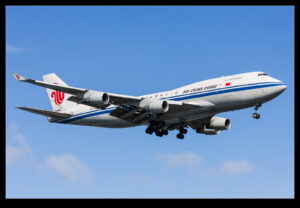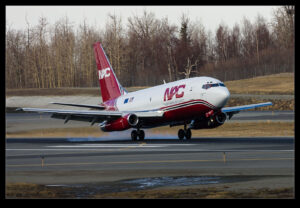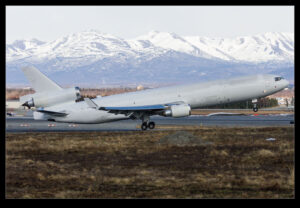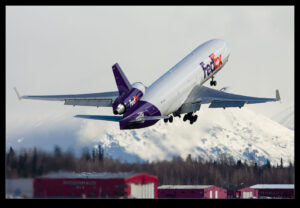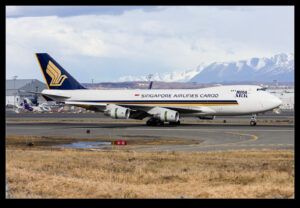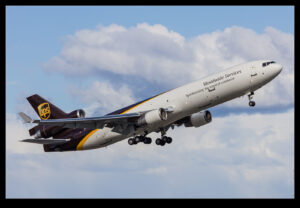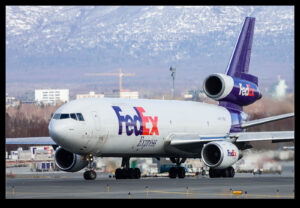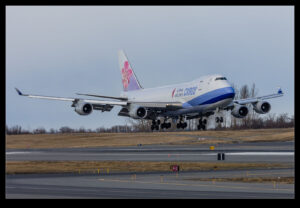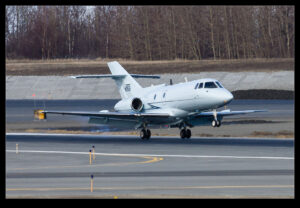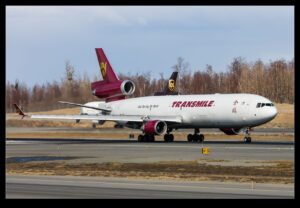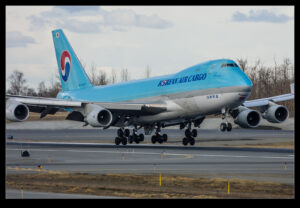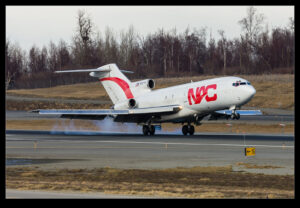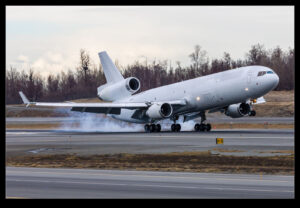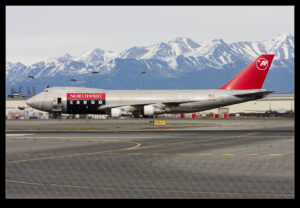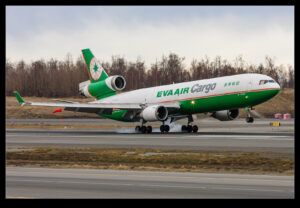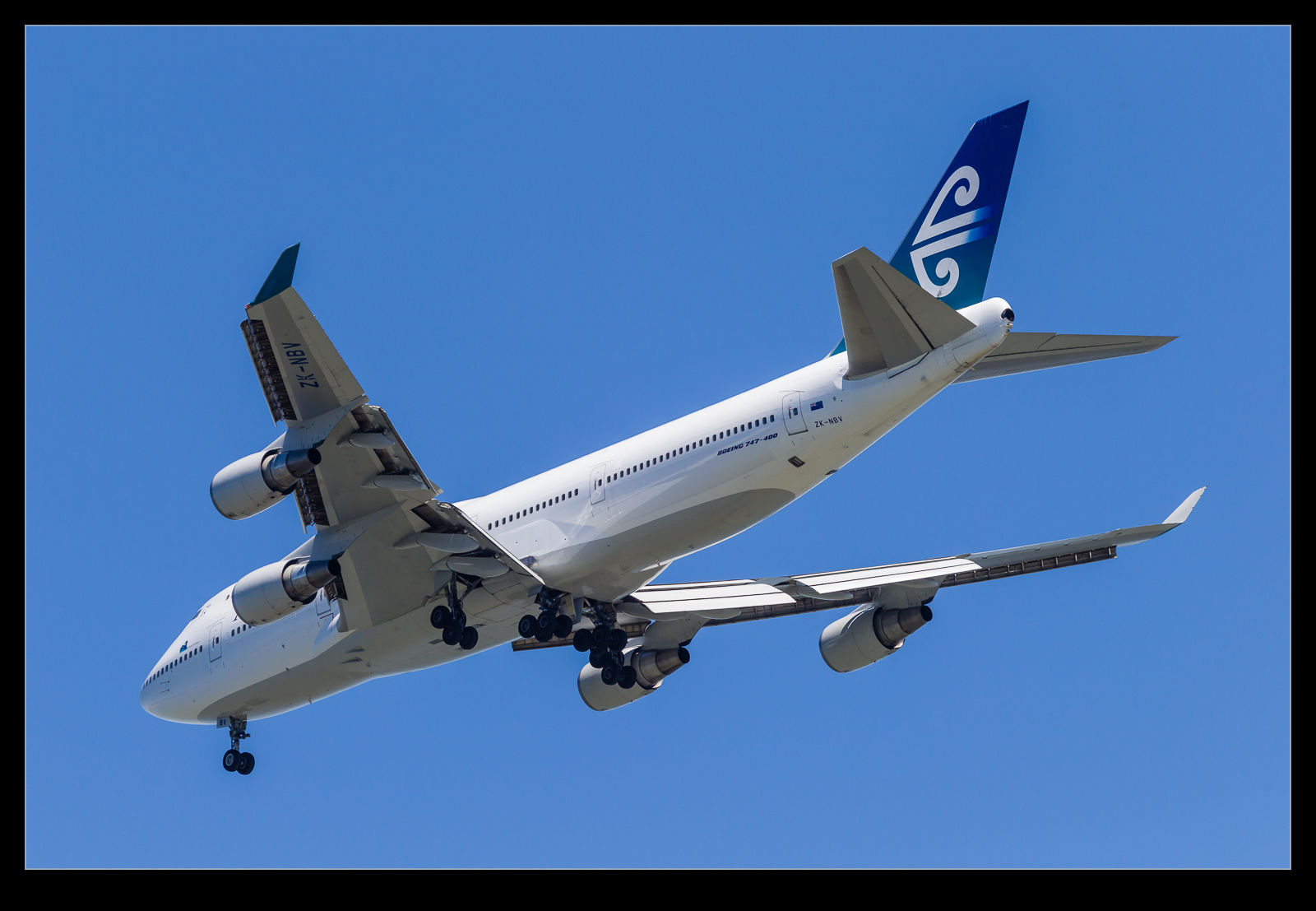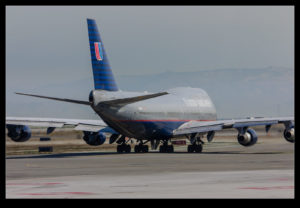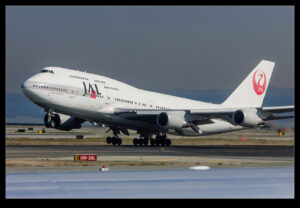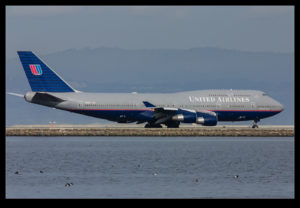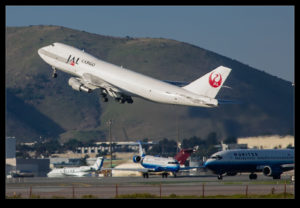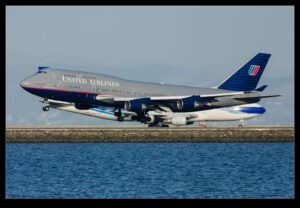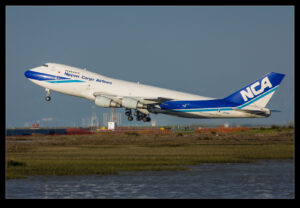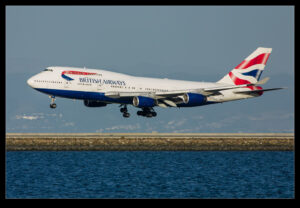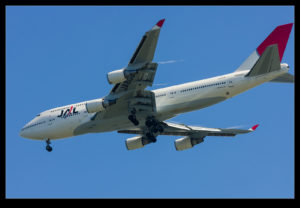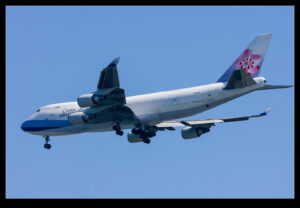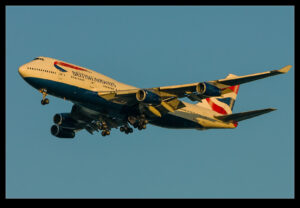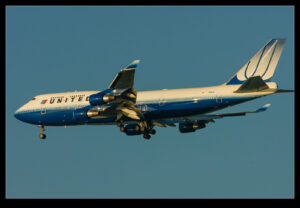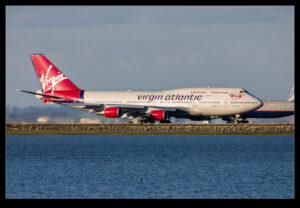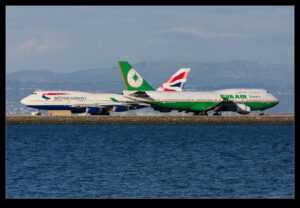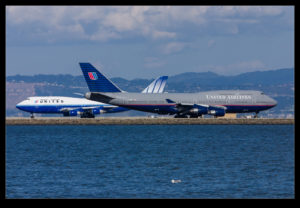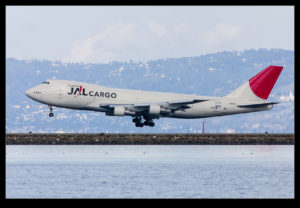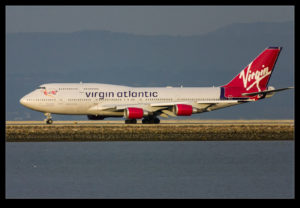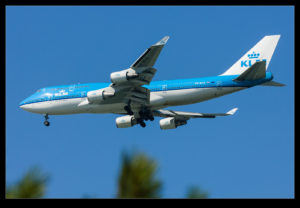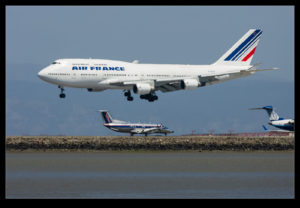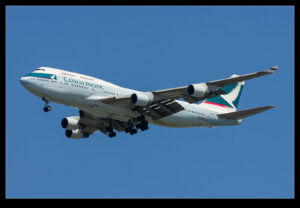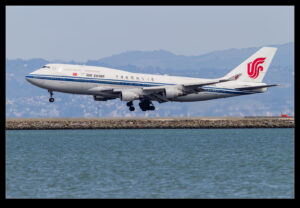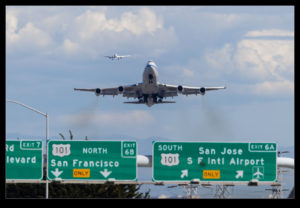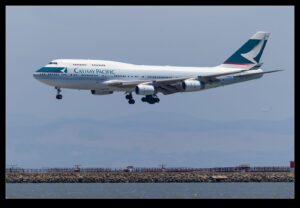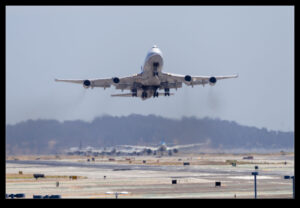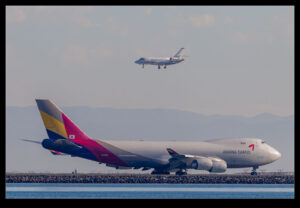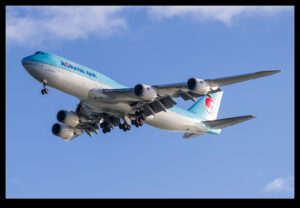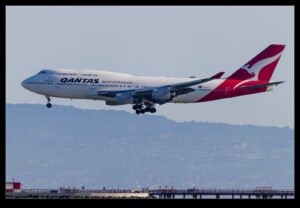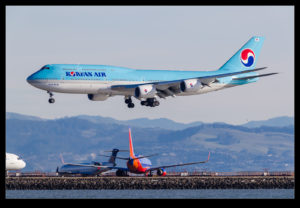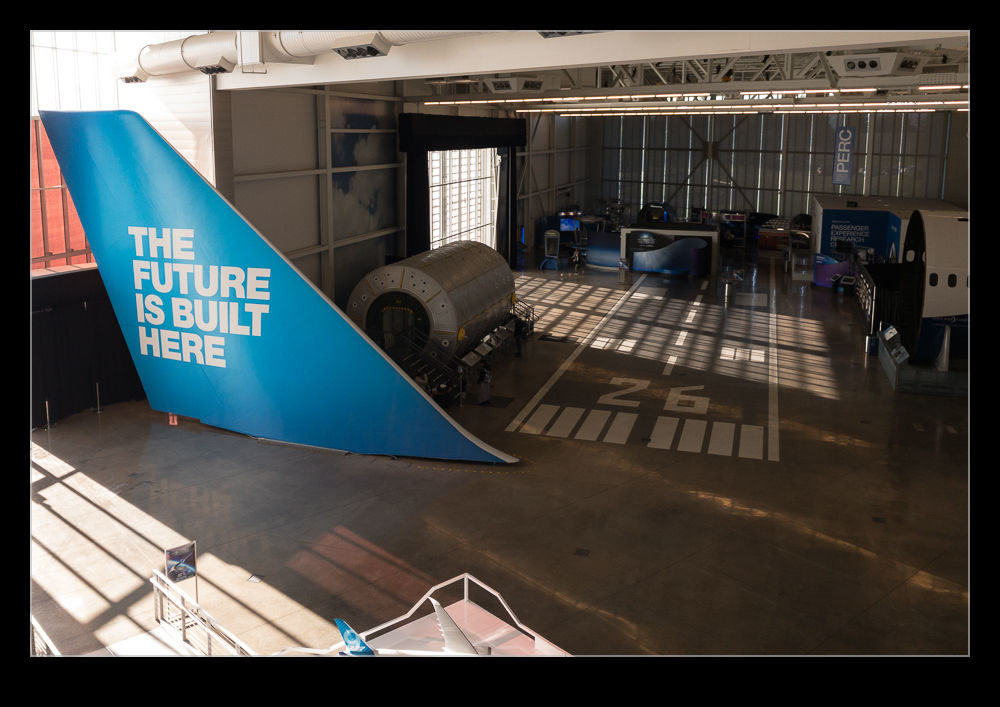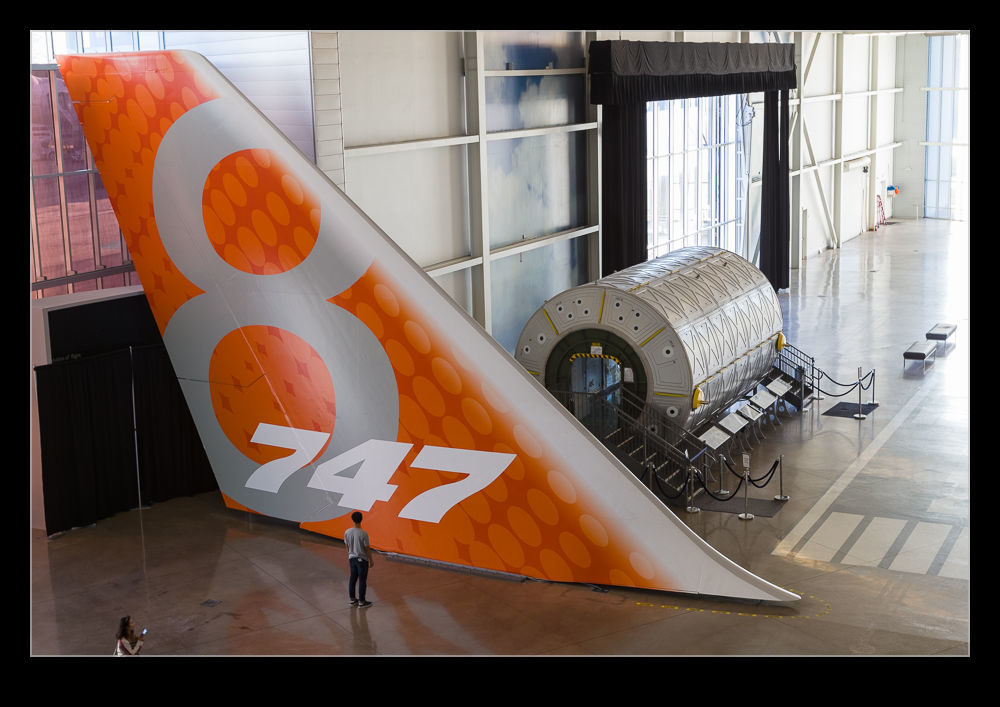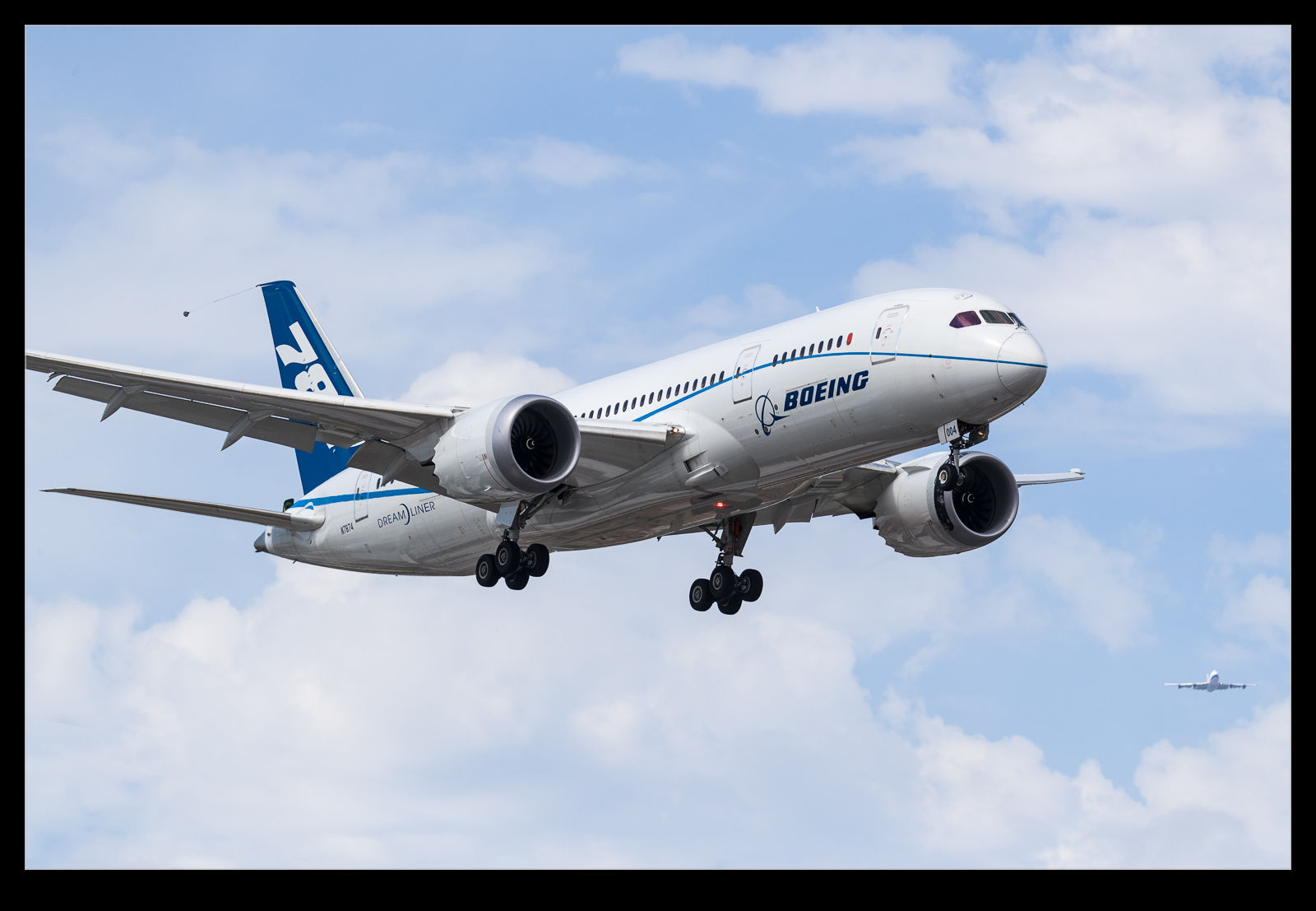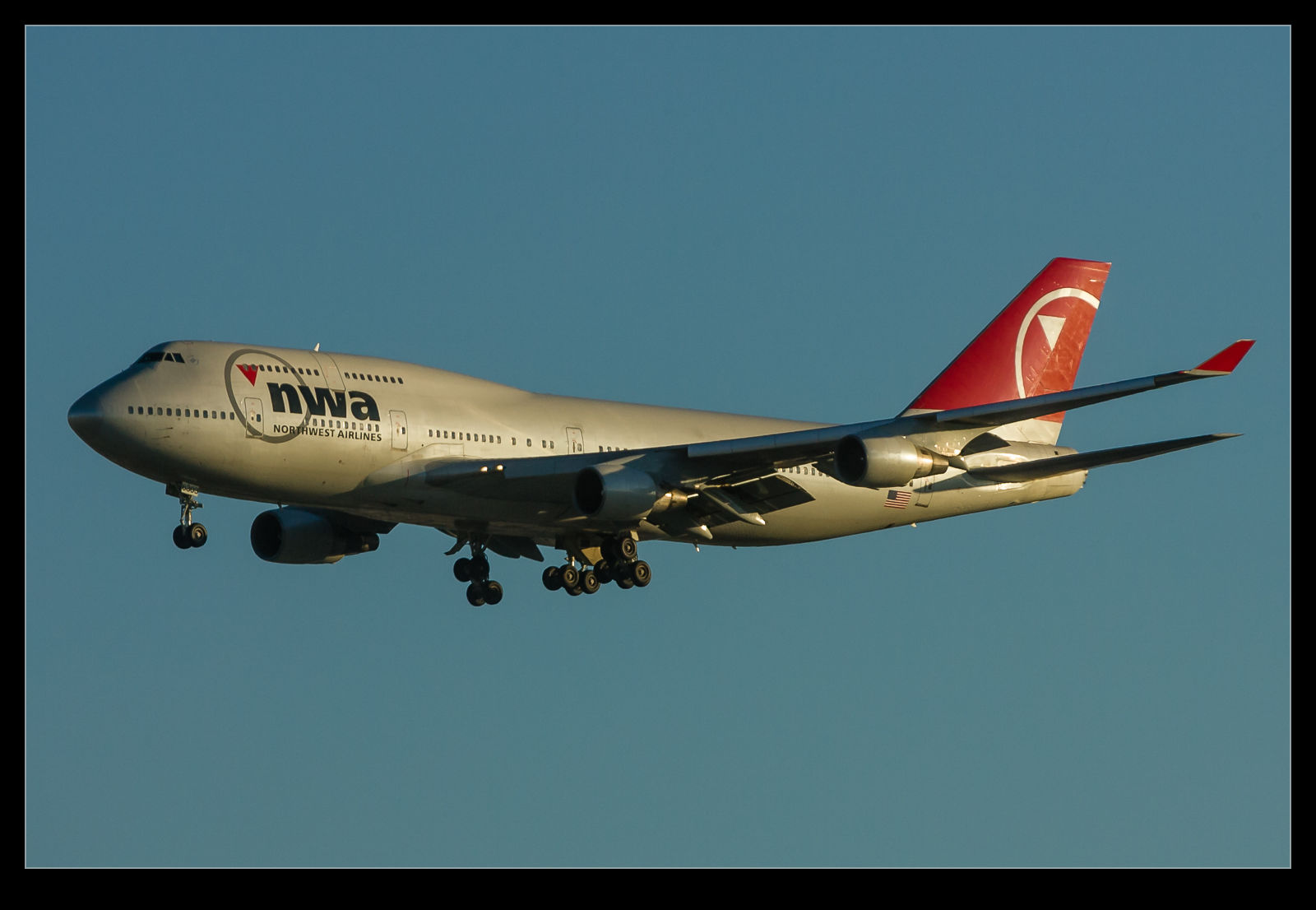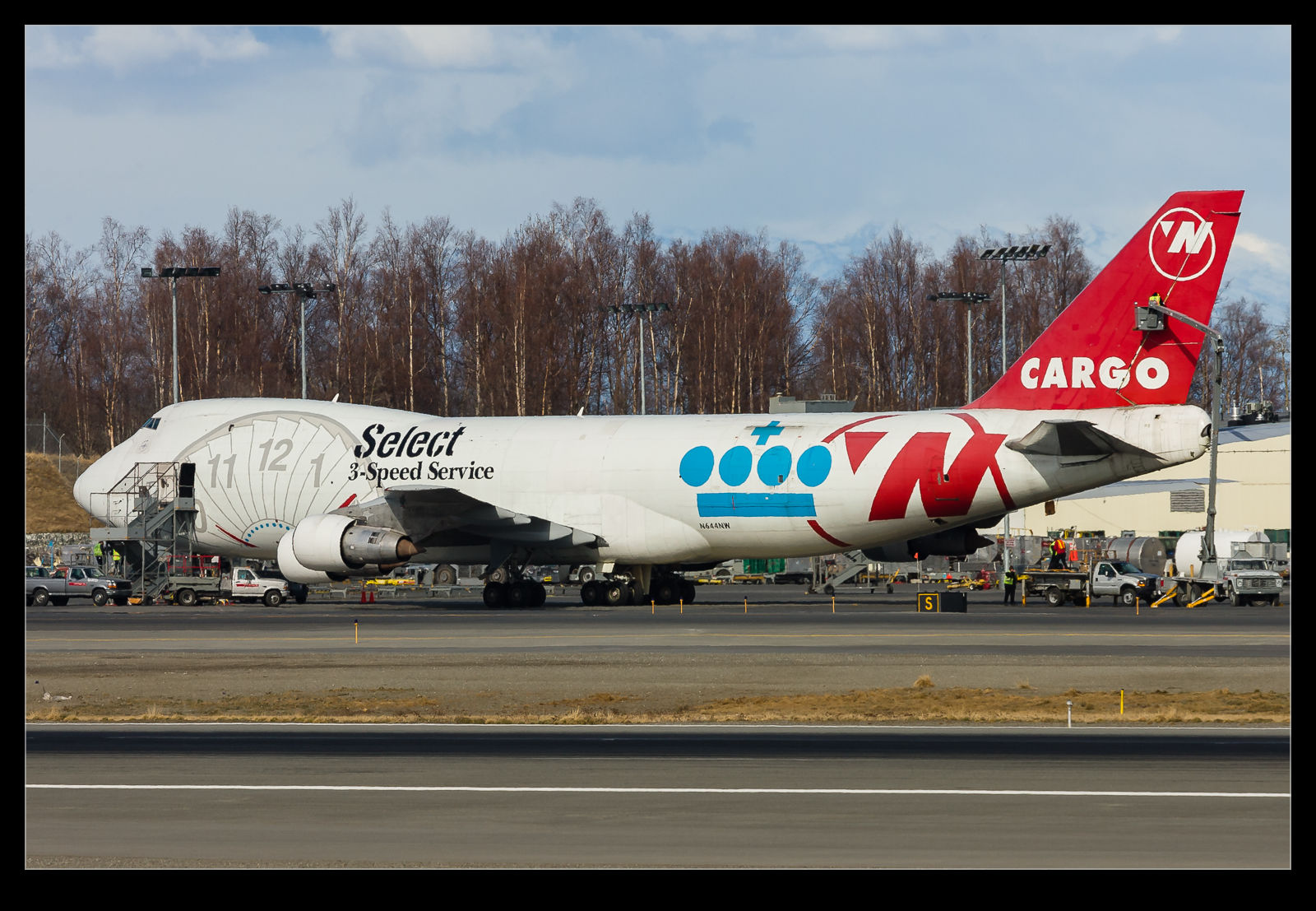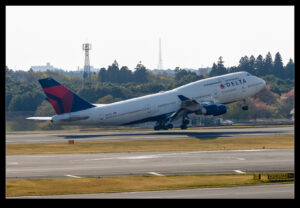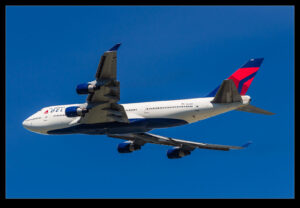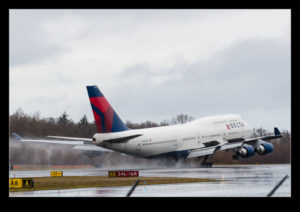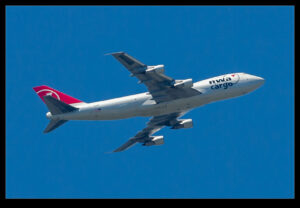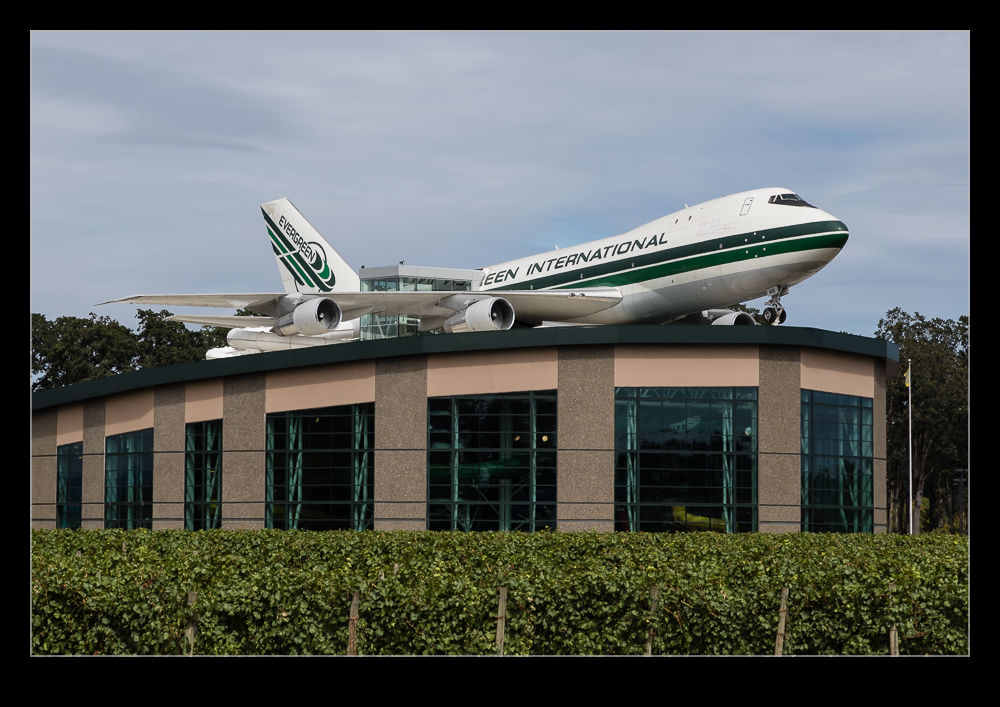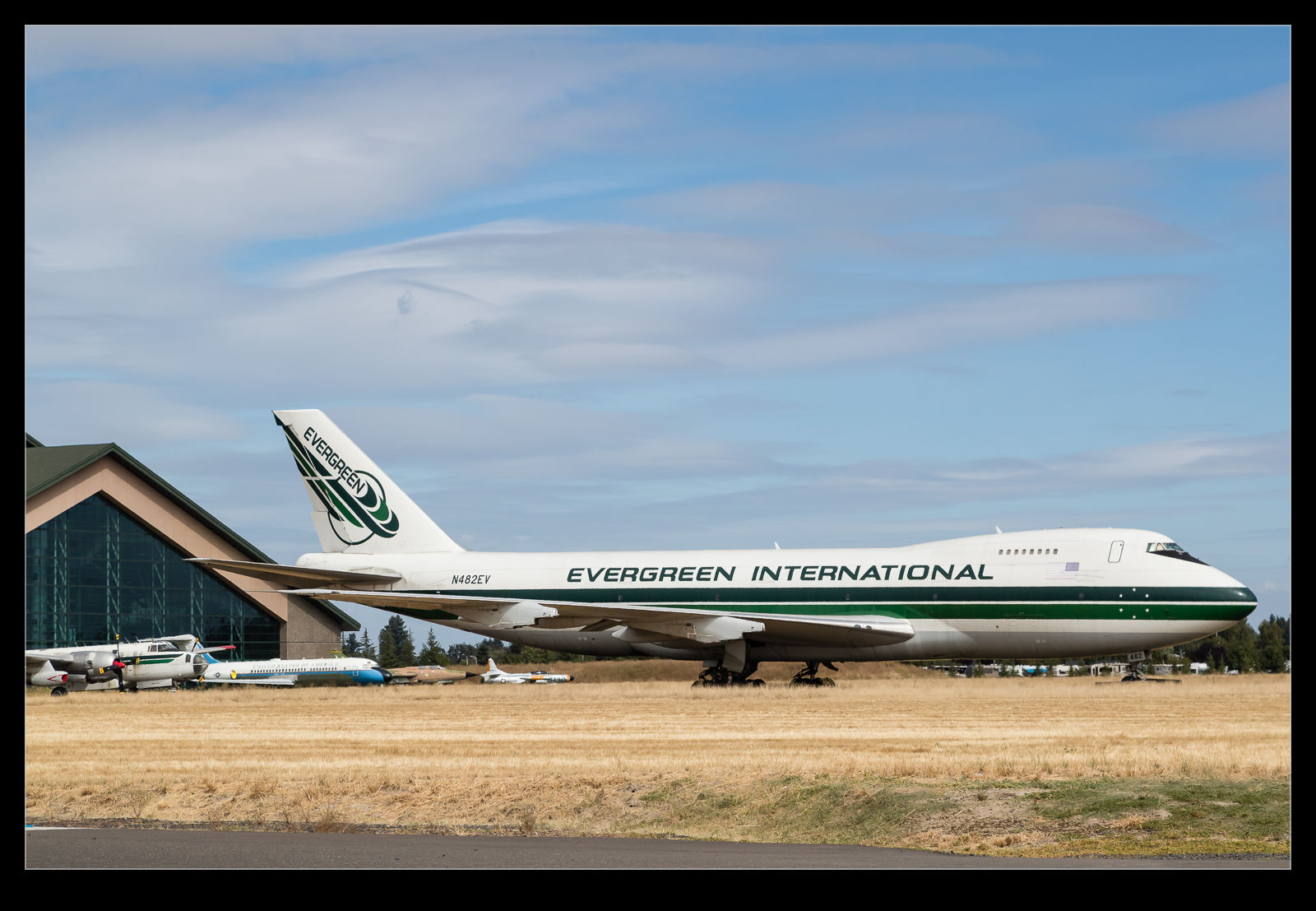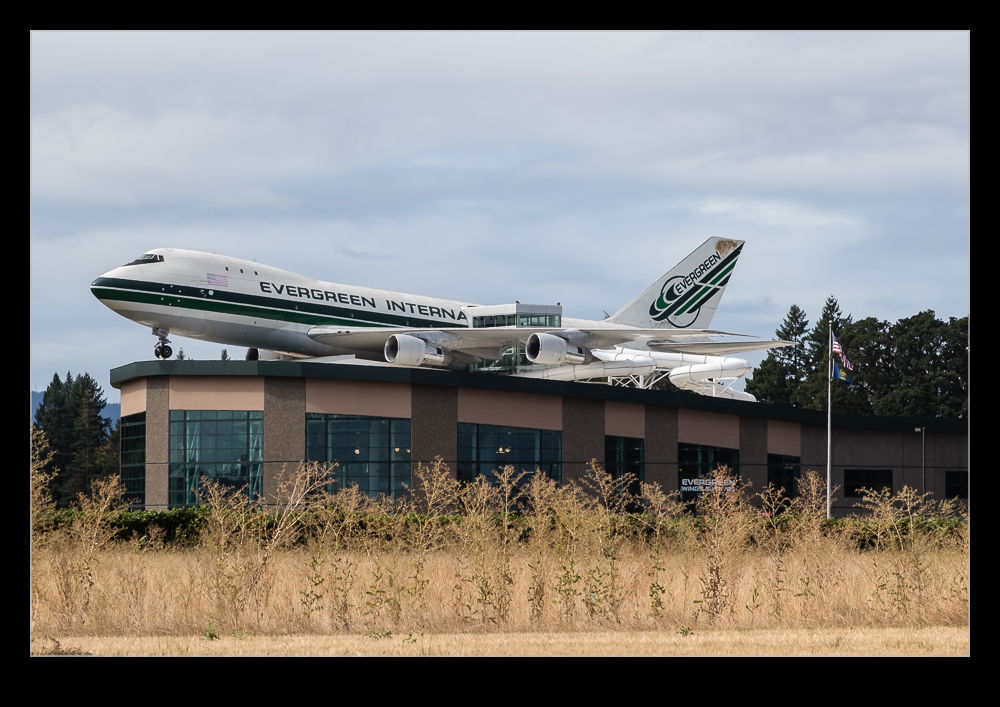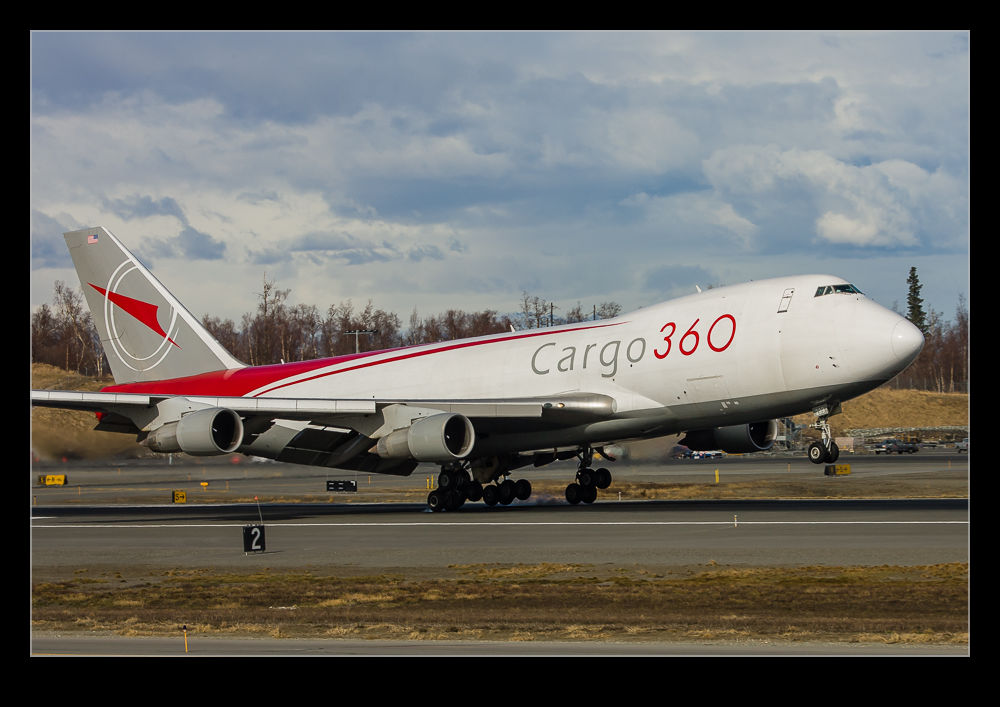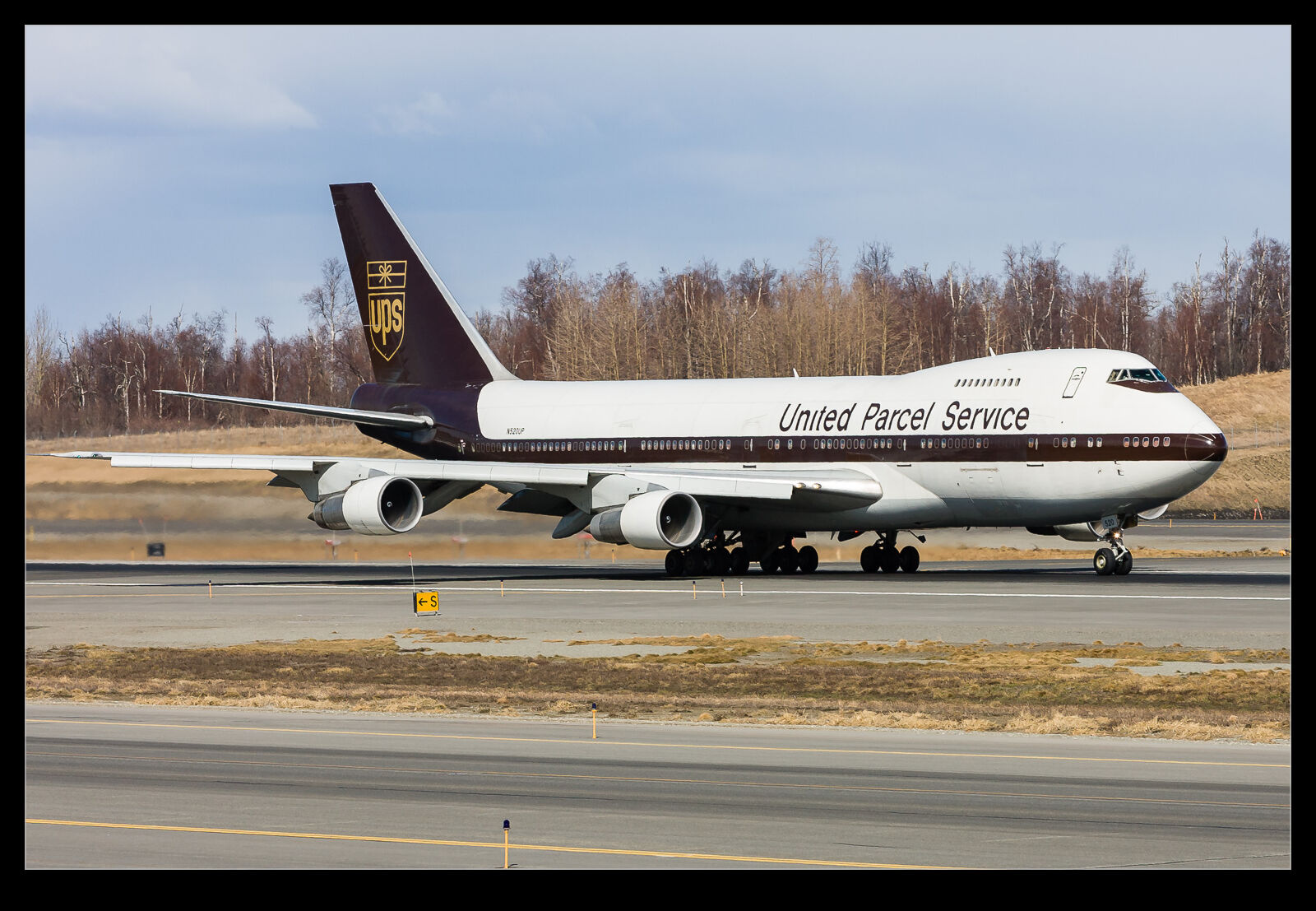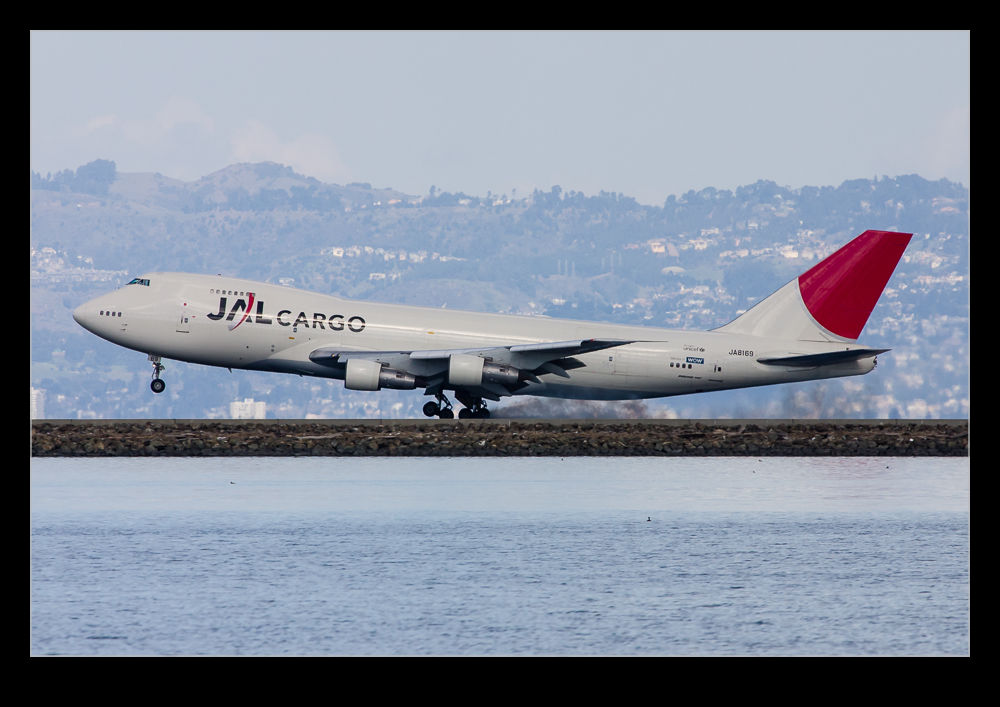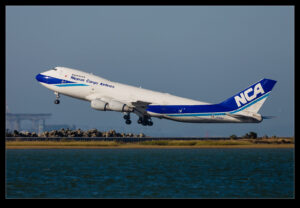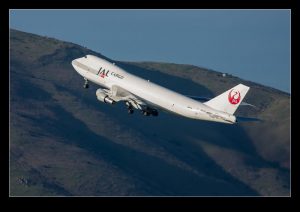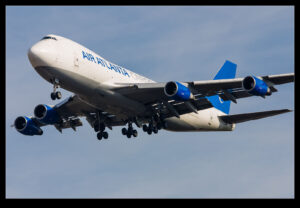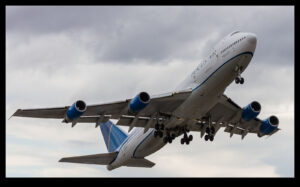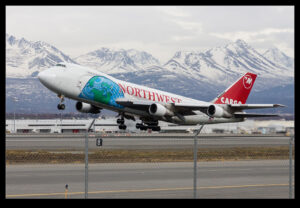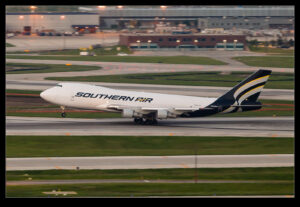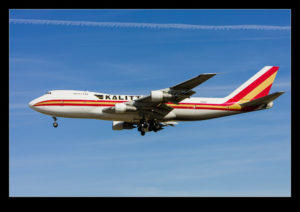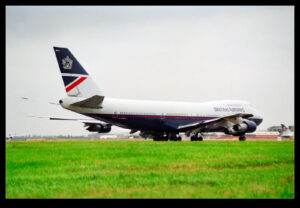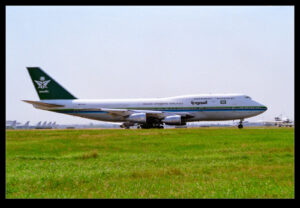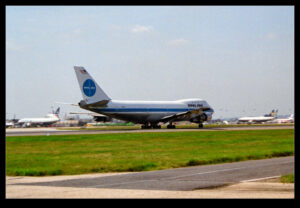 The delivery of the last production 747 got me digging out a lot of older shots of operators long gone or unusual ones that I had come across. This then triggered me looking through my collection of 747 shots to see just how many operators I had got images of. There are others I have seen but didn’t photograph in my younger days like Continental but, once I added them all up, I was surprised to see that, including some government jets and some testbeds and counting freight operations separately from passenger for some airlines, I have over 70 operators that I have shot over the years. I was rather surprised about that.
The delivery of the last production 747 got me digging out a lot of older shots of operators long gone or unusual ones that I had come across. This then triggered me looking through my collection of 747 shots to see just how many operators I had got images of. There are others I have seen but didn’t photograph in my younger days like Continental but, once I added them all up, I was surprised to see that, including some government jets and some testbeds and counting freight operations separately from passenger for some airlines, I have over 70 operators that I have shot over the years. I was rather surprised about that.
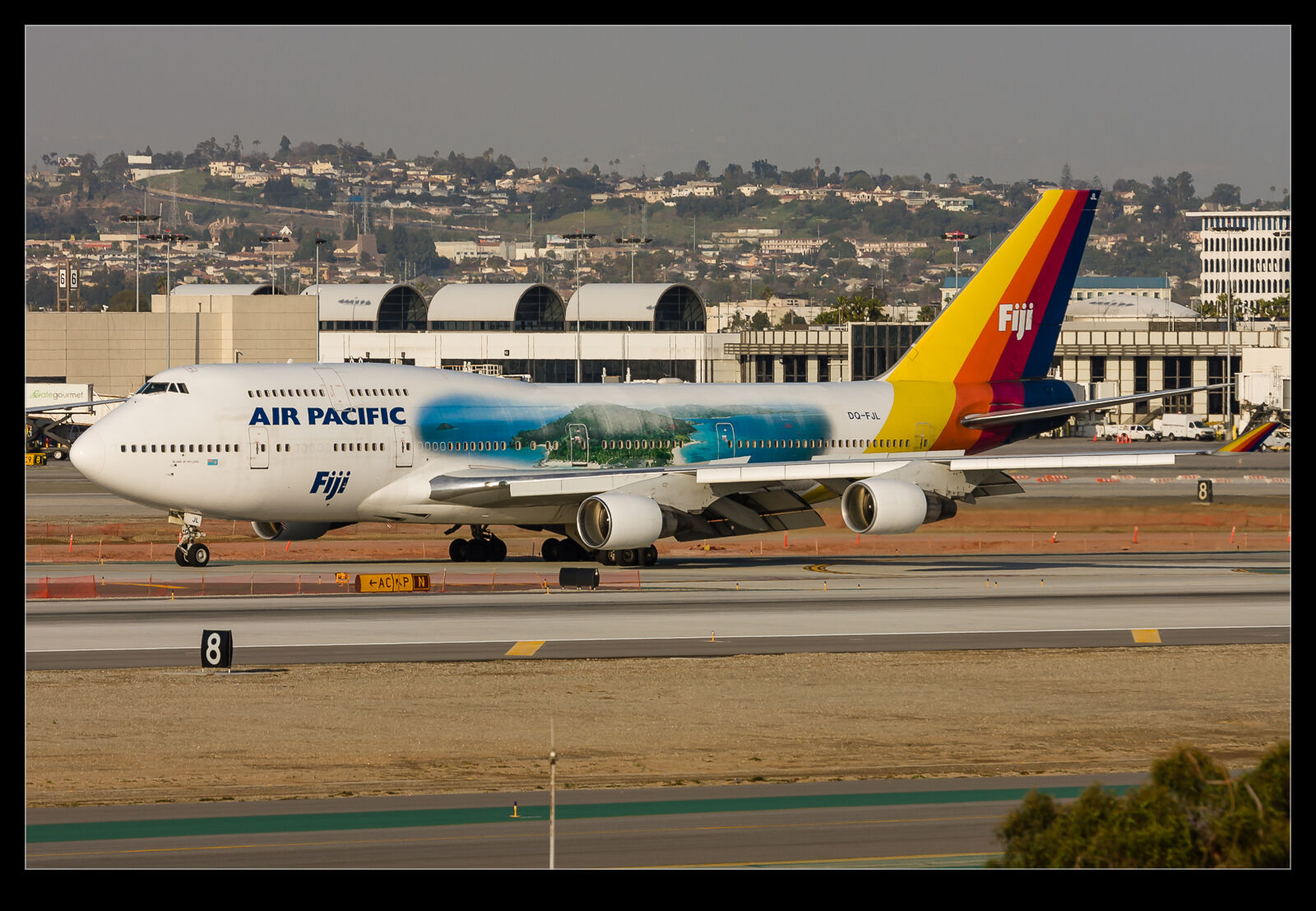 I am not going to include a shot of all of them. That would make for a very long post and I doubt too many people would get to the bottom. Instead, I shall just provide a selection of some of the more unusual ones. The full list is as follows:
I am not going to include a shot of all of them. That would make for a very long post and I doubt too many people would get to the bottom. Instead, I shall just provide a selection of some of the more unusual ones. The full list is as follows:
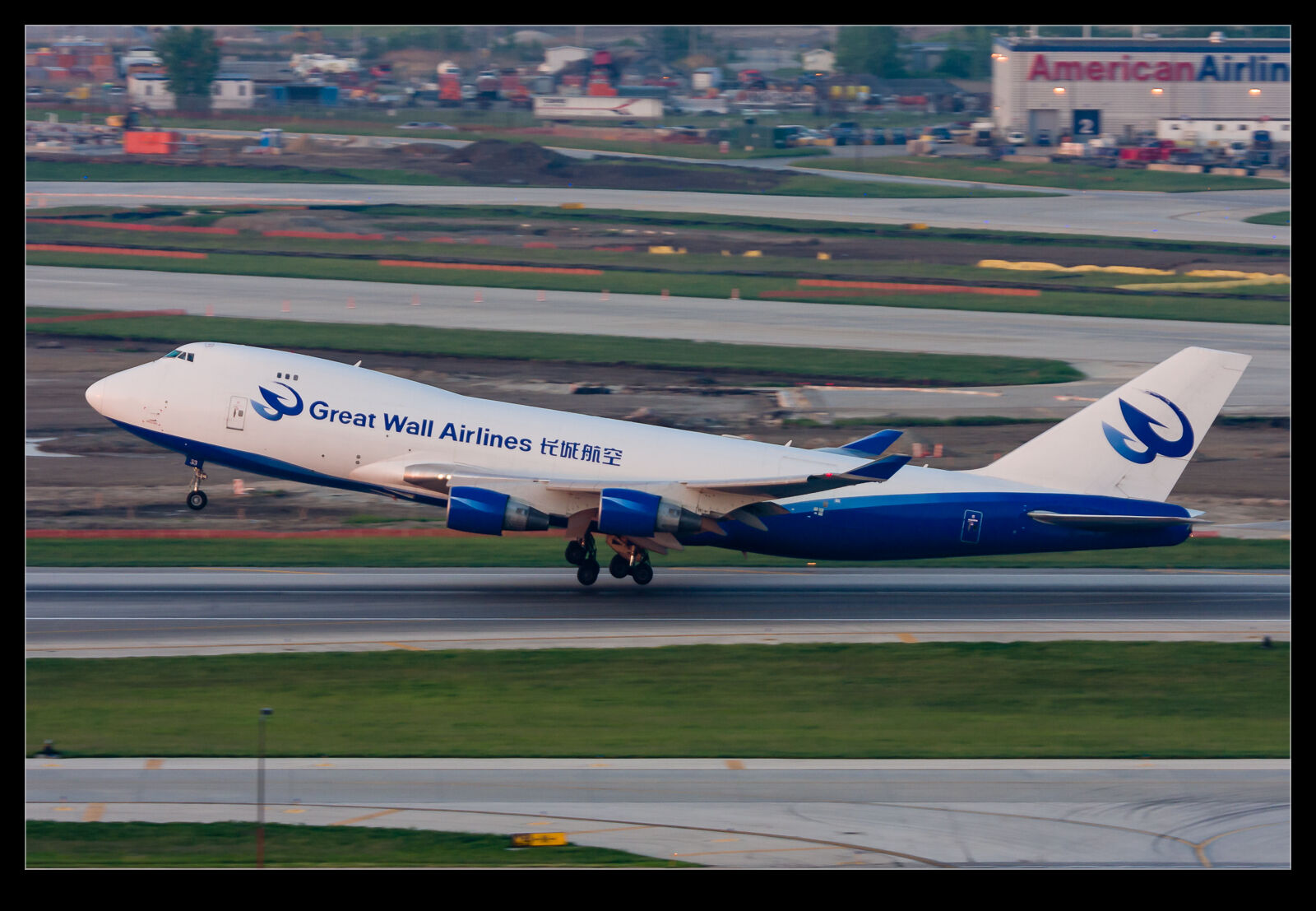 British Airways, Air Canada, Cathay Pacific, Virgin Atlantic, JAL, Asiana Cargo, Air Atlanta, Lufthansa, United, Pan Am, JAL Cargo, South African Airways, Qantas, Korean Air, Singapore Airlines, Singapore Airlines Cargo, Polar Air Cargo, Air New Zealand, KLM, EVA Air, Kalitta Air, Tradewinds, NCA, PIA, Thai, Saudia, Air France, Northwest, Air China, Air China Cargo, UPS, China Airlines Cargo, Southern Air, Korean Air Cargo, Cargo 360, Northwest Cargo, Focus Air, Malaysia, Air Pacific Fiji, Air India, China Cargo, NASA, Delta, Southern Air, Great Wall Airlines, Yangtze River Express, Atlas Air, Evergreen, Asiana, Cargolux, British Airways World Cargo, China Southern Cargo, Rolls Royce, Centurion Cargo, State of Kuwait, Japan, TWA, Global Supertanker, Sands, Qatar Amiri Flight, Boeing, Qatar Cargo, UAE, Wamos, Virgin Orbit, SF Airlines, Cargo Logic Air, Cathay Pacific Cargo, Pratt and Whitney, Western Global
British Airways, Air Canada, Cathay Pacific, Virgin Atlantic, JAL, Asiana Cargo, Air Atlanta, Lufthansa, United, Pan Am, JAL Cargo, South African Airways, Qantas, Korean Air, Singapore Airlines, Singapore Airlines Cargo, Polar Air Cargo, Air New Zealand, KLM, EVA Air, Kalitta Air, Tradewinds, NCA, PIA, Thai, Saudia, Air France, Northwest, Air China, Air China Cargo, UPS, China Airlines Cargo, Southern Air, Korean Air Cargo, Cargo 360, Northwest Cargo, Focus Air, Malaysia, Air Pacific Fiji, Air India, China Cargo, NASA, Delta, Southern Air, Great Wall Airlines, Yangtze River Express, Atlas Air, Evergreen, Asiana, Cargolux, British Airways World Cargo, China Southern Cargo, Rolls Royce, Centurion Cargo, State of Kuwait, Japan, TWA, Global Supertanker, Sands, Qatar Amiri Flight, Boeing, Qatar Cargo, UAE, Wamos, Virgin Orbit, SF Airlines, Cargo Logic Air, Cathay Pacific Cargo, Pratt and Whitney, Western Global
